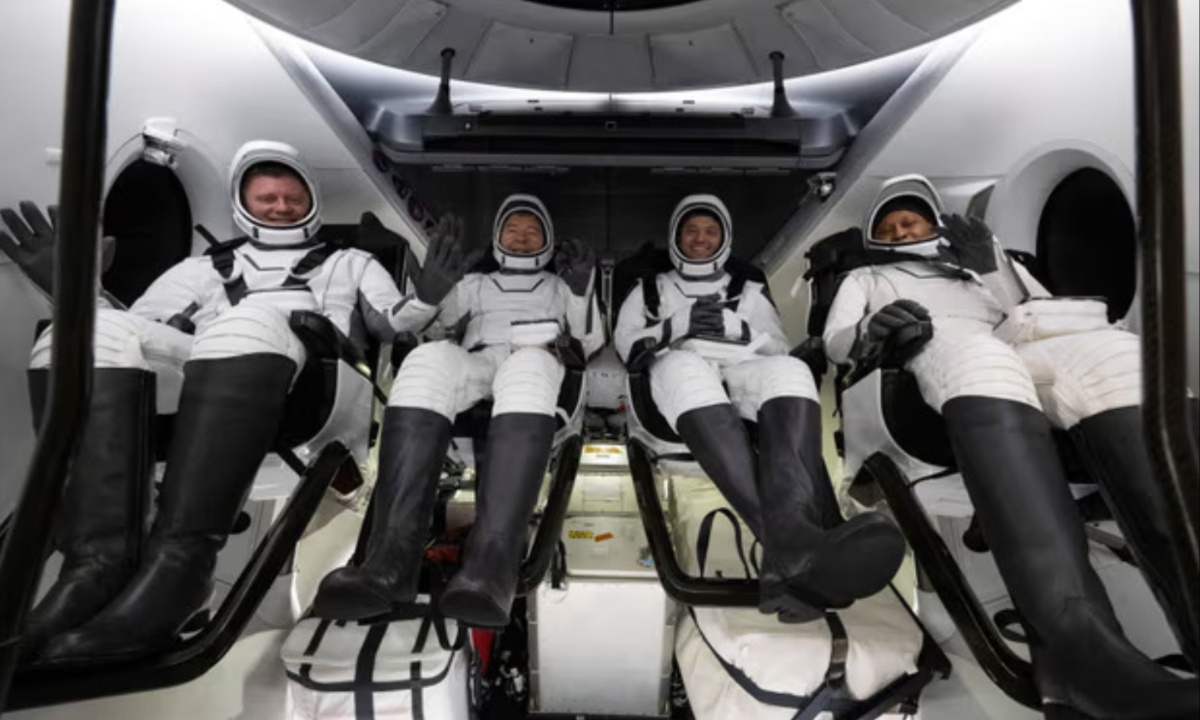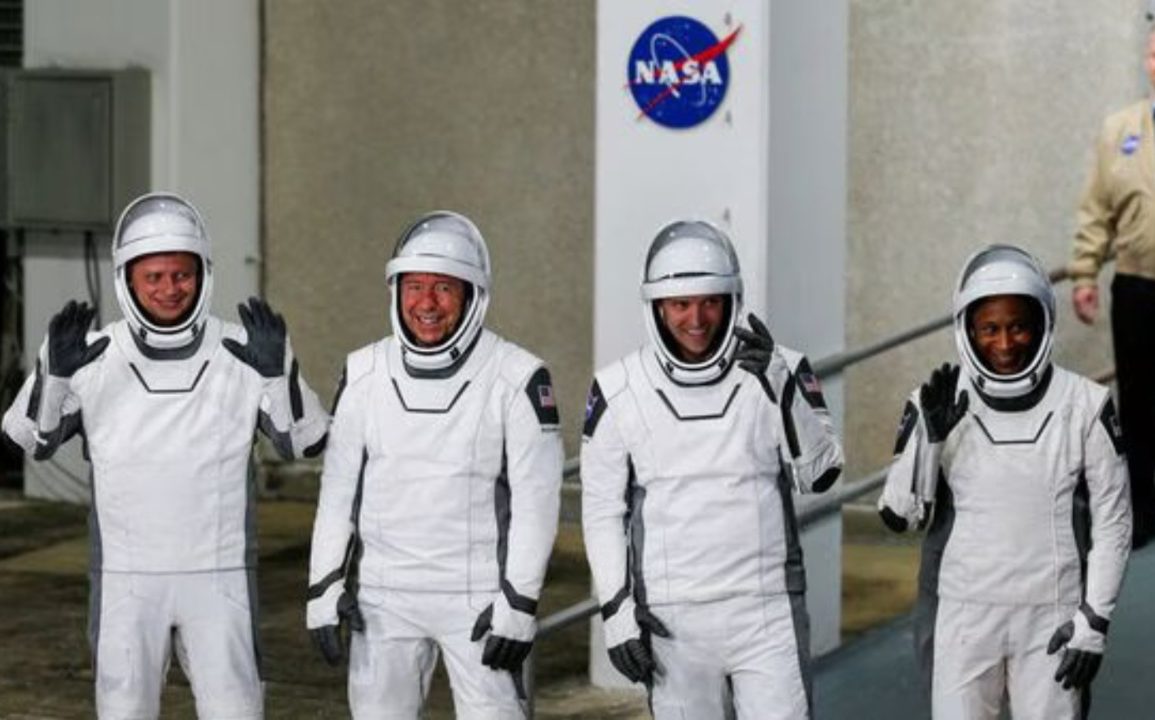Three NASA astronauts, Matthew Dominick, Michael Barratt, and Jeanette Epps, held a press conference to discuss their spaceflight after returning from the International Space Station (ISS) on October 25. They had spent nearly eight months in orbit, longer than planned due to delays with Boeing’s Starliner crew capsule and adverse weather conditions, including Hurricane Milton.
The astronauts, along with Russian cosmonaut Alexander Grebenkin, were immediately taken to a hospital in Pensacola, Florida, after their SpaceX capsule landed in the Gulf of Mexico. One of the American astronauts was hospitalized for an undisclosed medical issue, but NASA chose not to reveal details, citing medical privacy.
At the press conference, the astronauts were asked which one of them had been sick, but they declined to disclose that information. Barratt, a doctor with expertise in space medicine, refused to even provide a description of the symptoms experienced by the astronaut who had been hospitalized.
He explained that spaceflight still holds many mysteries, and unexpected health issues can arise that require further investigation. Barratt emphasized the complexity of space travel, noting that it is not fully understood, and the medical issue was one of those unexpected challenges that the team is still working to understand.
Epps highlighted the individual nature of how astronauts respond to both space and gravity. She pointed out that each astronaut’s experience is unique, and recovery after returning to Earth can vary greatly. She noted that although the adjustments after returning were challenging, each day brought improvement.

Dominick added that simple tasks, like sitting comfortably in a chair, took several days to get used to upon their return, indicating how the body readjusts to Earth’s gravity after an extended time in space.
Dominick also shared that during the mission, he chose not to use the treadmill, as part of a specific experiment to assess what equipment could potentially be eliminated on long-duration missions, such as a trip to Mars.
This experiment was designed to gather data on what might be unnecessary or impractical for future missions, where resources like space and weight are limited. The astronauts’ return to Earth marked the conclusion of their time in space and the beginning of their adjustment back to normal life.
In other related news, astronauts Butch Wilmore and Suni Williams, who served as test pilots for Boeing’s Starliner capsule, will remain aboard the ISS until February. They will return to Earth with SpaceX, while the Starliner capsule itself returned empty in September.
The ongoing challenges with Starliner highlight the complexities of developing reliable spacecraft for crewed missions to and from space, an essential part of NASA’s future plans for long-duration missions beyond Earth’s orbit.

